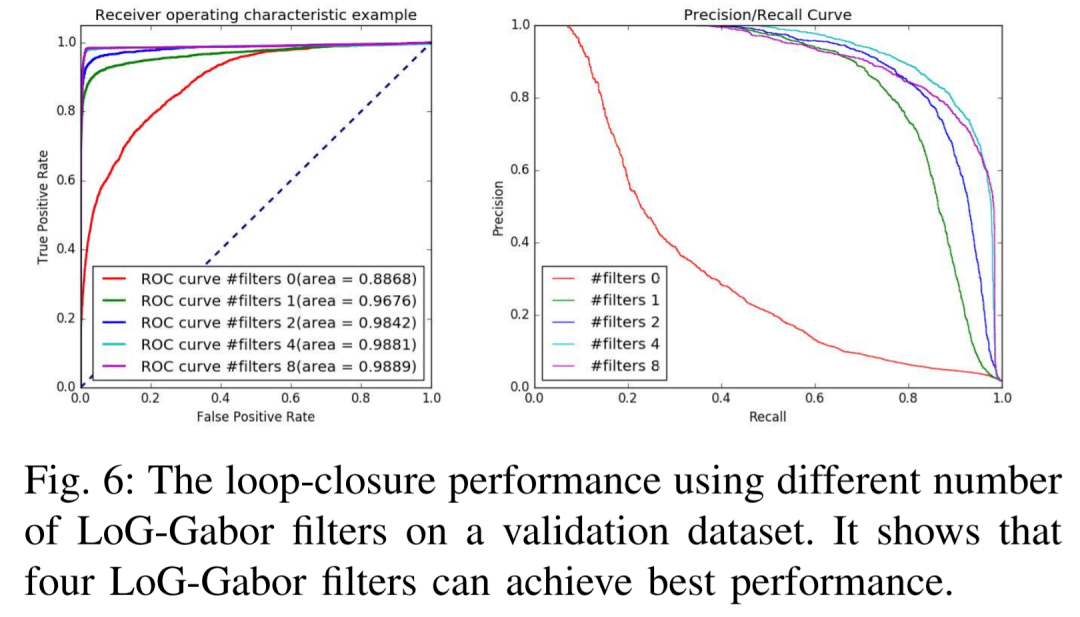Understanding the Differences: Construction Loan vs Mortgage Loan
#### Construction Loan vs Mortgage LoanWhen it comes to financing a home, two common options are construction loans and mortgage loans. While both serve the……
#### Construction Loan vs Mortgage Loan
When it comes to financing a home, two common options are construction loans and mortgage loans. While both serve the purpose of helping individuals acquire a home, they cater to different needs and circumstances. In this article, we will delve into the specifics of each type of loan, comparing their features, benefits, and drawbacks.
#### What is a Construction Loan?
A construction loan is a short-term financing option specifically designed for individuals looking to build a new home or undertake significant renovations on an existing property. Typically, these loans cover the costs of construction materials, labor, and other related expenses. Construction loans are usually disbursed in stages, known as "draws," which are based on the progress of the construction work. This means that the borrower receives funds as specific milestones are reached, ensuring that money is only released when necessary.
One of the key characteristics of a construction loan is that it often has a higher interest rate compared to traditional mortgage loans. This is due to the increased risk associated with lending money for a project that is not yet completed. Additionally, construction loans typically require a larger down payment, often around 20% to 25% of the total project cost.

#### What is a Mortgage Loan?
On the other hand, a mortgage loan is a long-term loan that is used to purchase an existing home or property. Unlike construction loans, mortgage loans provide a lump sum of money upfront, which the borrower repays over a period of time, usually 15 to 30 years. The borrower makes regular monthly payments that include both principal and interest until the loan is fully paid off.
Mortgage loans come in various forms, including fixed-rate and adjustable-rate mortgages. Fixed-rate mortgages maintain the same interest rate throughout the life of the loan, providing stability in monthly payments. Adjustable-rate mortgages, however, have interest rates that can fluctuate based on market conditions, which may result in lower initial payments but can increase over time.
#### Key Differences Between Construction Loans and Mortgage Loans

1. **Purpose**: The primary difference lies in the purpose of the loans. Construction loans are intended for building or renovating a home, while mortgage loans are for purchasing an existing property.
2. **Loan Structure**: Construction loans are typically short-term and disbursed in stages, whereas mortgage loans are long-term and provide a lump sum upfront.
3. **Interest Rates**: Construction loans generally have higher interest rates due to the associated risks, while mortgage loans typically offer lower rates.
4. **Down Payment**: Construction loans often require a larger down payment compared to mortgage loans.

5. **Repayment Terms**: Construction loans may require repayment within a year or two, whereas mortgage loans can extend over several decades.
#### Conclusion
Choosing between a construction loan and a mortgage loan depends on your specific needs and financial situation. If you are planning to build a new home or make significant renovations, a construction loan may be the right choice for you. However, if you are looking to purchase an existing property, a mortgage loan would be more appropriate. It is essential to evaluate your options carefully and consult with a financial advisor to determine the best financing solution for your homeownership goals.